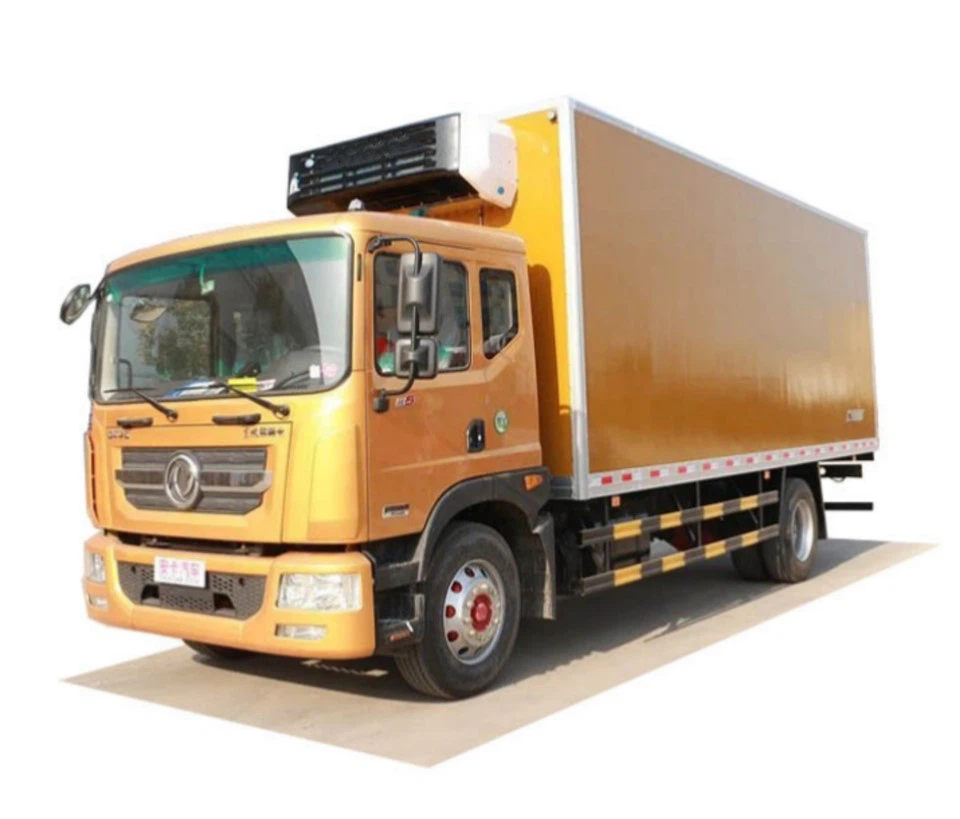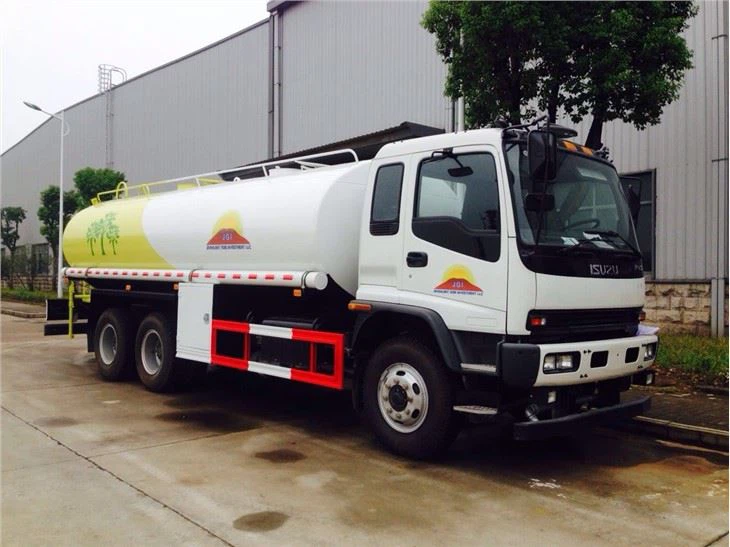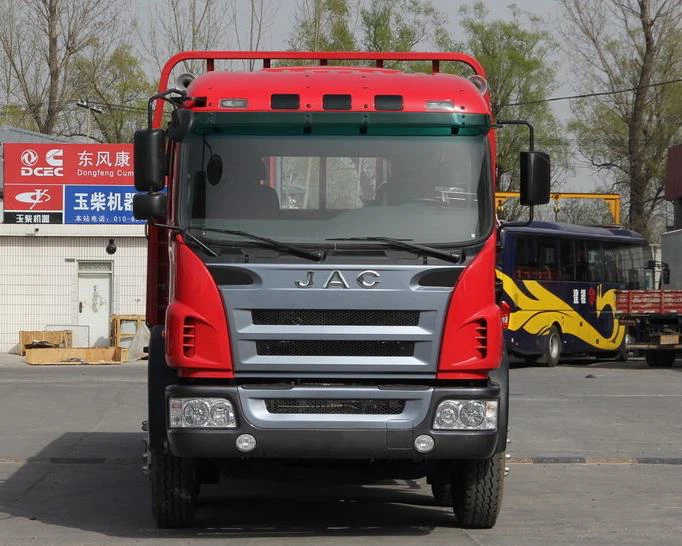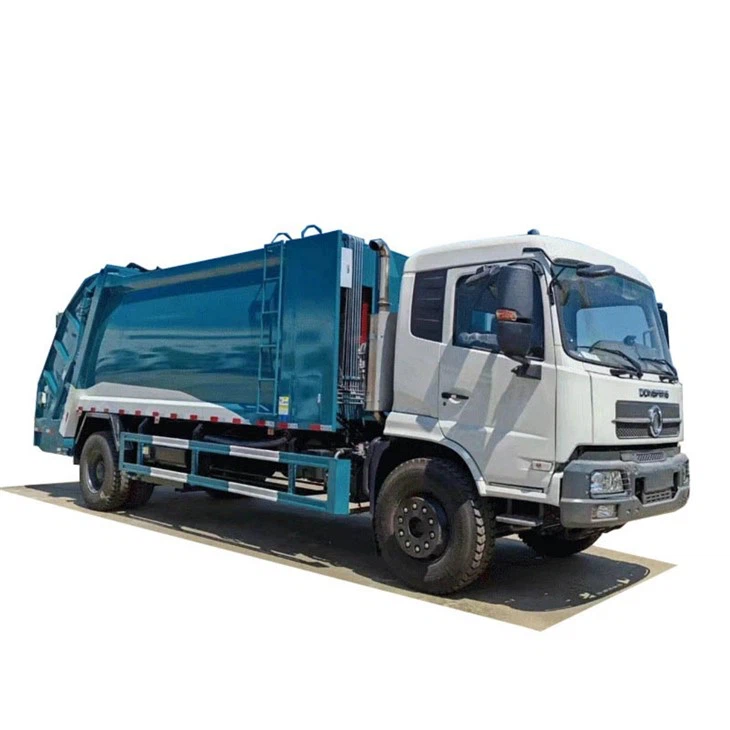Best Time to Buy an RV: A Comprehensive Guide

Recreational Vehicles (RVs) offer an exciting way to explore the great outdoors. Whether you are a weekend warrior or a full-time traveler, knowing the best time to buy an RV can save you money and ensure you get the model that perfectly meets your needs. In this article, we will explore factors that influence RV pricing, the best seasons to buy, and practical tips for making a smart purchase.

Understanding the RV Market
Before diving into the best time to buy, it’s essential to understand the RV market dynamics. RV prices can vary greatly based on demand, inventory, and industry cycles. Here’s a closer look at what drives the RV market:
1. Seasonal Demand
The RV market is highly seasonal. Spring and summer are peak months for RV sales because families begin planning vacations. In contrast, the fall and winter months typically see fewer buyers, leading to potential discounts.
2. Inventory Levels
Manufacturers produce RVs in cycles. Generally, new models are released in late summer and early fall, causing older models to be discounted to make room for the newer ones. This strategy presents an excellent opportunity for cost savings.
3. Economic Factors
Market conditions, such as interest rates and consumer confidence, affect buying behaviors. When the economy is strong, demand is often higher, which can drive prices up.
Best Seasons to Buy an RV
1. Winter Sales (December – February)
Purchasing an RV during the winter months can lead to significant savings. Many dealerships are eager to reduce their winter inventory, and sales events during the holiday season can provide excellent deals.
2. Late Summer (August – September)
As the summer camping season winds down, many dealers are keen to clear out their inventory to make way for new arrivals. It’s an opportune time to find discounts on models from the current year.
3. End of the Month and Quarter
Dealerships often have sales quotas to meet by the end of each month or quarter. Shopping during these times can lead to better deals as salespeople may be more motivated to negotiate to reach their targets.
4. RV Show Seasons
Attending RV shows, typically held in the winter and early spring, allows you to see various brands and models under one roof. While prices at shows can be competitive, they often come with promotional offers, financing options, and exclusive discounts.
How to Determine the Right Time for You
1. Assess Your Needs
Before deciding to buy, evaluate your specific needs and lifestyle. Consider the type of RV that best suits your travels. There are motorhomes, travel trailers, fifth wheels, and more. Each has its peak buying season based on usage.
2. Budget Considerations
Understanding your budget and buying capacity is crucial. Often, financing options improve if you buy during peak sales events when dealers want to clear inventory.
Example of Budgeting for an RV Purchase
| Expense | Estimated Cost |
|---|---|
| Initial down payment | $5,000 – $20,000 |
| Monthly payment (if financed) | $200 – $700 |
| Insurance | $200 – $500 annually |
| Maintenance | $500 – $1,000 annually |
3. Market Research
Conducting thorough research on RV models, prices, and dealership reputations will give you an informed outlook. Websites, forums, and social media groups can provide insights and reviews from existing RV owners.
Negotiating the Best Price
1. Do Your Homework
Research the average price of the RV model you are interested in, including its market trends. This knowledge allows you to negotiate more effectively.
2. Be Ready to Walk Away
Do not hesitate to walk away if you feel a deal is not favorable. Salespeople are often motivated to adjust their offers to close a sale.
3. Consider Trade-Ins
If you have an existing RV, motorcycle, or car to trade-in, be sure to factor this into your negotiations. Dealerships may offer additional discounts to sweeten the deal.
Practical Tips for Buying an RV
1. Test Drive and Inspect
Always test drive the RV and inspect it thoroughly, including checking for damage, working systems, and comfort levels. Make sure the vehicle meets your travel demands.
2. Get a Vehicle History Report
If purchasing used, obtain a vehicle history report to check for accidents and previous ownership details.
3. Consider Warranties
Evaluate warranty options thoroughly, as they can save you money on repairs after purchase. Many manufacturers offer extended warranties for added peace of mind.
Financing Your RV Purchase
1. Explore Loan Options
Consider various financing options, including credit unions, banks, and dealership financing. Each may offer different rates and terms, so shop around.

2. Understand Interest Rates
Interest rates can vary based on your credit score and overall market trends. Typically, better credit scores help secure lower interest rates.
FAQs
1. What’s the best month to buy an RV?
The best months to buy an RV are typically during winter (December – February) and late summer (August – September), when discounts and promotions are common.
2. How do I find good deals on used RVs?
Research online marketplaces, attend RV shows, and look for local dealer liquidation events to find the best deals on used RVs.
3. Should I buy new or used?
It depends on your budget and preference. New RVs come with warranties and the latest features, while used RVs can be more affordable and offer better value for money.

4. Are there additional costs of owning an RV?
Yes, additional costs may include insurance, maintenance, storage, fuel, and camping fees. It’s essential to budget for these expenses.
5. Can I negotiate the price of an RV?
Absolutely! Most RV prices are negotiable, especially at the end of the month or during sales events when dealers are trying to meet their quotas.
6. What is the average lifespan of an RV?
The average lifespan of an RV is around 10-20 years, depending on the brand, model, and how well the RV is maintained.
